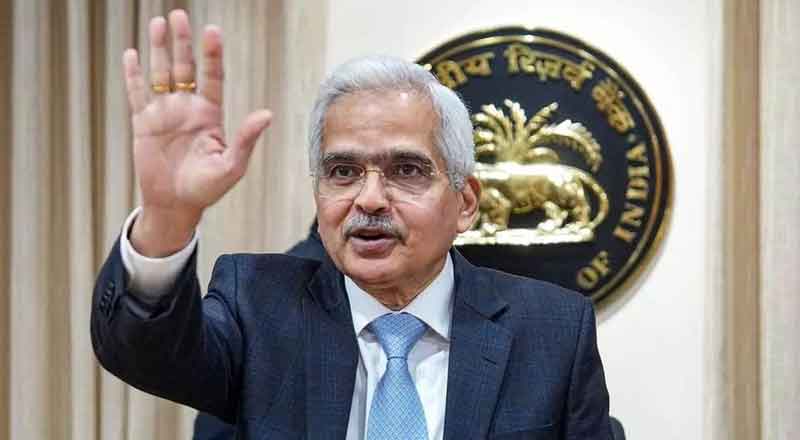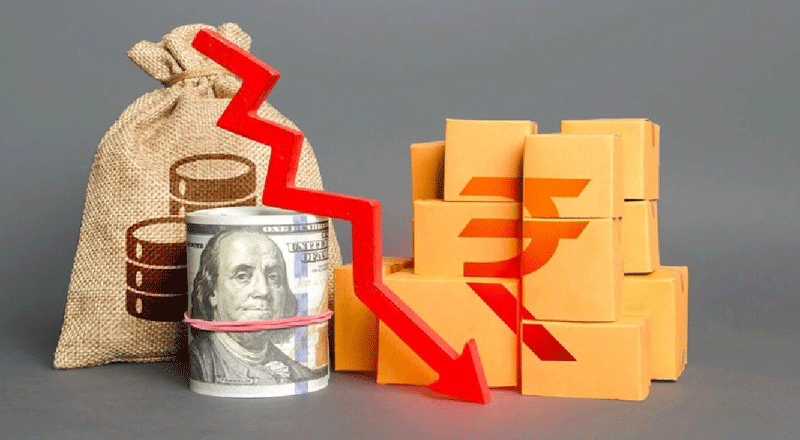The Reserve Bank of India (RBI) has opted to keep its key lending rate, the repo rate, unchanged at 6.5%, signaling caution amidst inflation concerns and economic growth needs. This decision, announced after the Monetary Policy Committee’s (MPC) three-day meeting, reflects the central bank’s balanced approach in navigating India’s current macroeconomic landscape.
RBI Holds Repo Rate Steady
On Wednesday, RBI Governor Shaktikanta Das revealed that the MPC, by a majority of five out of six members, voted to maintain the repo rate at 6.5%. The repo rate, which has stayed steady since February 2023, is the rate at which the RBI lends to commercial banks. Additionally, the marginal standing facility (MSF) rate and the bank rate remain unchanged at 6.75%.
The most notable aspect of this announcement is the shift in the RBI’s monetary policy stance to “neutral.” This adjustment reflects a significant shift from the previous “withdrawal of accommodation” stance, allowing the central bank more flexibility in responding to inflationary trends without committing to either raising or lowering rates.
Balancing Inflation with Growth
Explaining the rationale behind keeping the repo rate unchanged, Governor Das highlighted the ongoing risks posed by adverse weather events, particularly in terms of food inflation. However, he also noted that domestic economic growth continues to be robust, driven by steady consumption and investment demand.
“The MPC has decided to remain watchful of the evolving economic conditions in the coming months,” Das said. “India’s growth story remains intact, with consumption and investment serving as key drivers.”
By shifting to a neutral stance, the RBI is aiming to strike a delicate balance: maintaining vigilance on inflation, while ensuring that economic growth momentum is not derailed. The neutral stance also offers the central bank greater flexibility to adjust interest rates based on future inflation patterns, compared to its earlier approach, which ruled out rate cuts.
What Does a ‘Neutral Stance’ Mean?
The shift to a neutral stance means that the RBI is neither inclined towards tightening (raising rates) nor loosening (cutting rates) monetary policy. This gives the central bank the ability to respond more dynamically to changes in inflationary pressures. It contrasts with the previous “withdrawal of accommodation” approach, which had effectively closed the door on rate cuts.
With this new stance, the RBI has more room to maneuver, making it easier to raise or lower rates depending on how inflation evolves in the coming months.
Economic Outlook and Inflation Projections
While the RBI’s stance remains cautious, it did adjust its economic growth projections slightly. Das announced that the real GDP growth for 2024-25 is projected at 7.2%, with a 7% growth forecast for Q2, and 7.4% for both Q3 and Q4. Looking ahead to the next fiscal year (2025-26), Q1 is projected to witness 7.3% growth.
On the inflation front, the Consumer Price Index (CPI) for September is expected to see a significant increase, driven by food price momentum and unfavourable base effects. CPI inflation for 2024-25 is projected at 4.5%, with fluctuations expected in Q2 (4.1%), Q3 (4.8%), and Q4 (4.2%).
Industry Reactions
The RBI’s decision to keep rates stable has been welcomed by some industry experts. Vimal Nadar, Head of Research at Colliers India, noted that maintaining the repo rate at 6.5% combined with a shift to a neutral stance could pave the way for potential rate cuts in the future. “This stability in the repo rate should provide a significant boost to the residential real estate market during the festive season, as home loan interest rates are likely to remain steady,” Nadar commented.
Enhancing UPI Transaction Limits
In a further announcement, Governor Das introduced measures to expand the use of digital payments in India. To encourage wider adoption of the Unified Payments Interface (UPI), the RBI raised the per-transaction limit for UPI-1,2,3 pay from ₹5,000 to ₹10,000. Additionally, the limit for UPI Lite wallets has been increased from ₹2,000 to ₹5,000, enhancing user convenience.
The RBI’s cautious but optimistic approach, combined with incremental steps towards enhancing digital payment infrastructure, reflects its dual focus on fostering growth while keeping inflation in check.
(With inputs from agencies)





